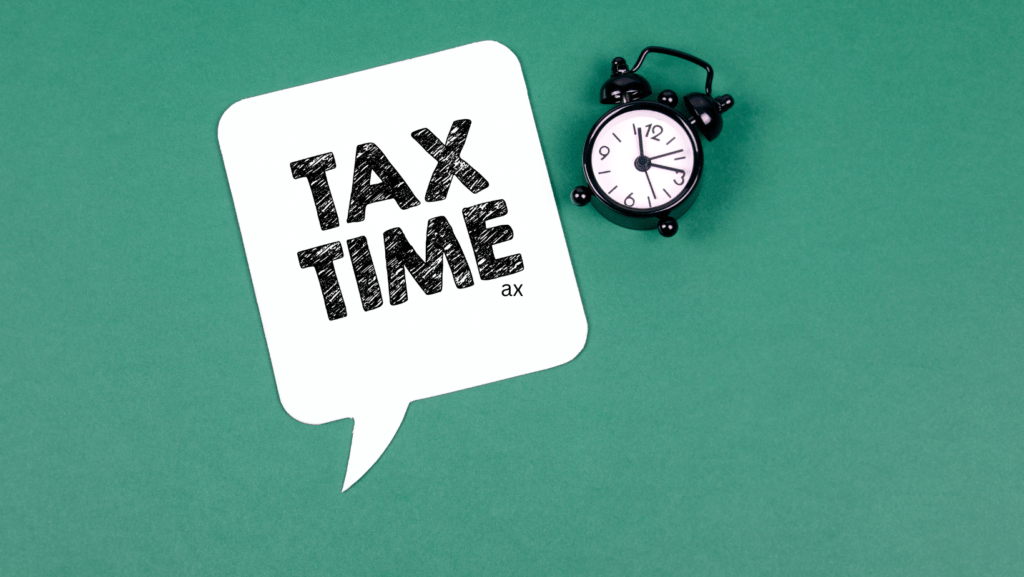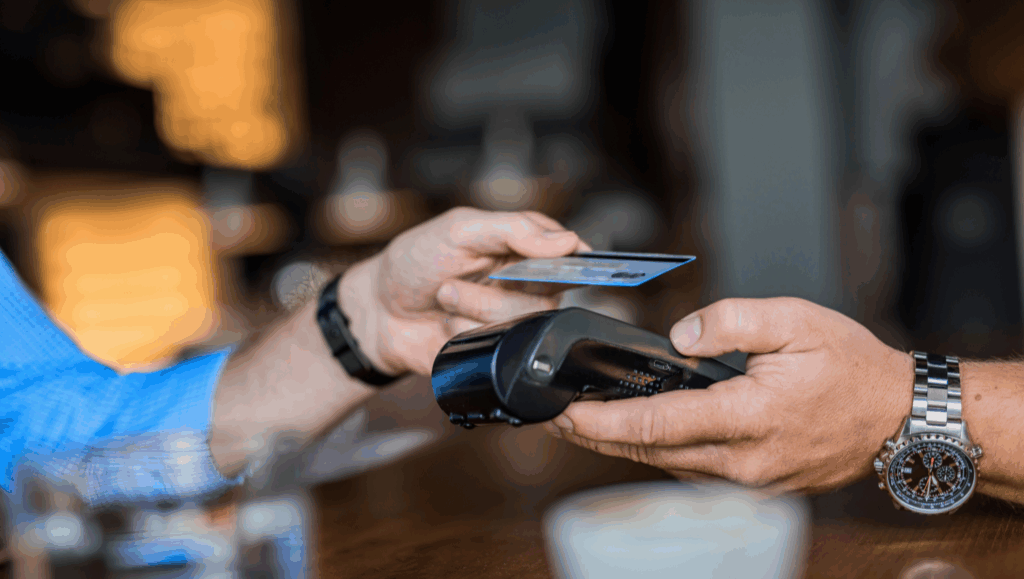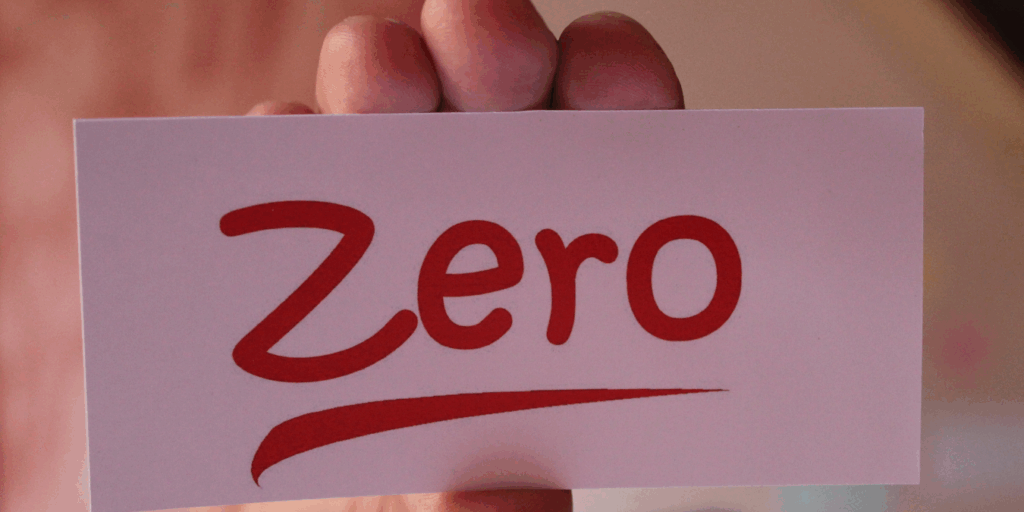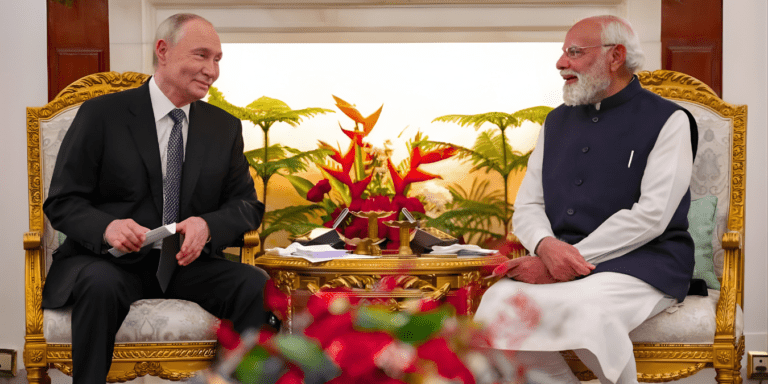
How RBI’s Smart Authentication Will Make UPI Payments Faster and Safer—Starting October, 2025
Future of digital payments in India as RBI bans OTPs and unleashes biometric authentication starting October 8, 2025. Imagine approving transactions with just your face or fingerprint—faster, smarter, and ultra-secure. But that’s just the beginning. Explore how risk-based authentication will transform your payment experience, the hidden security perks banks hope you never notice, and the secret changes behind international card transactions. Get ready for a payment revolution that’s more surprising and seamless than you ever imagined. Are you truly prepared for what’s next?
A world where paying for your morning coffee takes just a second—no OTP, no PIN, no fuss. Now, imagine that this effortless payment is also smart, secure, and risk-free. Sounds like a dream? Well, the Reserve Bank of India (RBI) is turning this dream into reality with groundbreaking new rules that will reshape how Indians authenticate digital payments—starting October 8, 2025.
This isn’t just about upgrading security; it’s about revolutionizing convenience, introducing a future-proof system that adapts dynamically to each transaction’s risk. From biometric authentication to risk-based checks, the new rules promise a seamless experience while fortifying India’s vast digital economy. Let’s explore the hidden secrets behind these game-changing norms and what they mean for you.
The New Risk-Based Authentication: Smarter, Safer, Faster
Gone are the days when every online payment or bank transaction required a tedious OTP. The RBI’s latest guidelines focus on risk-based authentication — a smart, adaptive system that evaluates each transaction’s danger level in real-time.
How does it work?
Instead of treating all transactions equally, banks analyze various parameters like:
- Device behavior: Is your phone acting normally or showing suspicious activity?
- Location: Are you making a payment from your usual area or abroad unexpectedly?
- User history: Has this transaction pattern been consistent over time?
- Network factors: Is the connection secure, or is it coming from an unfamiliar IP address?
Based on this evaluation, the system assigns a risk score. Low-risk transactions—like your regular grocery shopping—get lighter checks, almost instant approval. High-risk activities—such as large overseas transfers—undergo stronger authentication measures, including biometric checks.
This dynamic, risk-based approach not only streamlines the payment process but also strengthens security where it’s needed most.
Curiosity Corner: What’s Next?
The RBI’s recent moves hint at even more surprising advances on the horizon—like AI-powered fraud detection, automated biometric payments, and blockchain-based security. Stay tuned, because India’s digital payment journey is just getting started, and the future promises hidden innovations that will redefine security and convenience. Don’t miss out—your next transaction might just be smarter than ever before.
Biometric Authentication: Your Face & Fingerprint Take Center Stage
The most exciting change? Biometric authentication becomes mandatory from October 8, 2025.
What does this mean practically?
- Facial recognition and fingerprint scans will be accepted across UPI platforms, card transactions, and bank verifications.
- You can authorize payments faster and more securely—no more waiting for OTPs or remembering passwords.
- Swiping or tapping your finger or face will become the new normal—a Smart, quick, and hassle-free way to authenticate.
Early adoption and industry response
Payment giants like Paytm, Google Pay, and PhonePe are already rolling out biometric options for millions of users. Razorpay launched biometric card authentication, allowing users to pay with facial scans or fingerprints—perfect for busy urban consumers and rural users with cheaper smartphones.
Why biometric?
Biometric authentication reduces fraud, eliminates password fatigue, and enhances reliability. In a country like India, where smartphone penetration is rapidly increasing, biometric solutions are future-ready and inclusive.
OTPs: Out, In, and Out Again?
OTP (One-Time Password) has been the cornerstone of digital banking security. But change is here. The RBI guidelines emphasize alternatives such as:
- Passkeys: cryptographic keys stored securely on your device, virtually impossible to steal
- Device binding: linking your bank account or card to your smartphone, so only that device can approve transactions
- Silent network authentication: behind-the-scenes verification using network signals, all without user intervention
Why move away from OTPs?
OTP vulnerabilities—such as SIM swapping, SMS hacking, and network delays—pose significant risks. Moving toward biometric and device-based methods offers a Shocking level of security while giving users a smarter, smoother experience.
Real-world example
Razorpay, one of India’s leading payment gateways, is leading the way by launching biometric card payments—making OTPs obsolete for many everyday transactions.
Mandatory Card & Cross-Border Transaction Controls
The new guidelines also introduce regulatory measures to tighten security around card payments, especially international ones:
- Registration of Bank Identification Numbers (BINs): mandatory for all card issuers by October 2026.
- Risk controls for non-recurring, cross-border transactions: designed to prevent fraud and protect consumers during overseas spending.
Why is this important?
With India’s growing diaspora and increasing international travel, this move aims to detect and block suspicious transactions before they cause financial damage.
How The Payment Ecosystem Is Responding
Banks and payment platforms are adapting fast to these regulatory changes:
- HDFC Bank is piloting facial recognition for redemptions and transactions.
- ICICI Bank is deploying risk-based authentication for high-value transfers.
- Paytm announced biometric card integration to ensure faster payments.
Moreover, fintech startups are innovating with silent authentication, device binding, and secure biometric wallets—creating a future-proof payments landscape.
The Ripple Effect: How Will These Changes Impact You?
Faster, Safer, Easier—these are the three themes defining India’s digital payment future.
For consumers
- No more OTP delays, especially during peak hours or network congestion.
- Seamless authentication with Face ID or fingerprints.
- Better privacy controls—biometric data stored securely locally, not shared.
- Enhanced security against fraud and hacking attempts.
For businesses
- Lower cart abandonment rates with faster checkout.
- Reduced fraud losses thanks to intelligent risk assessment.
- Differentiation through secure, innovative payment experiences.
For banks
- Layered security compliant with RBI’s future-ready norms.
- Reduced operational costs with automated risk evaluation.
- Competitive edge in offering high-tech services.
The Bright, Secure Road Ahead: A Summary
| Key Feature | What It Means for You | Impact |
| Risk-based authentication | Smarter security checks | Faster & safer transactions |
| Biometric authentication | Face & fingerprint approval | No OTP needed |
| OTPs phase-out | More reliable, less frustrating | Smoother payments |
| Device binding & passkeys | High security with convenience | Fraud resistant |
| Cross-border controls | Safer international payments | Trustworthy global transactions |
Final Thoughts: Are You Ready for This Digital Payment Future?
India is charging ahead into a Smart, secure, and seamless payments era. The RBI’s bold new rules are the secret weapon that combines cutting-edge technology with risk intelligence—making your transactions not just safer, but also instant and effortless. This transformation is more than just regulation; it’s a movement toward a future where digital payments are as natural as breathing.
Pro Tip: update your banking apps, enable biometric options, and familiarize yourself with new security features. Innovation is knocking—are you prepared to answer with a simple smile or fingerprint?

































